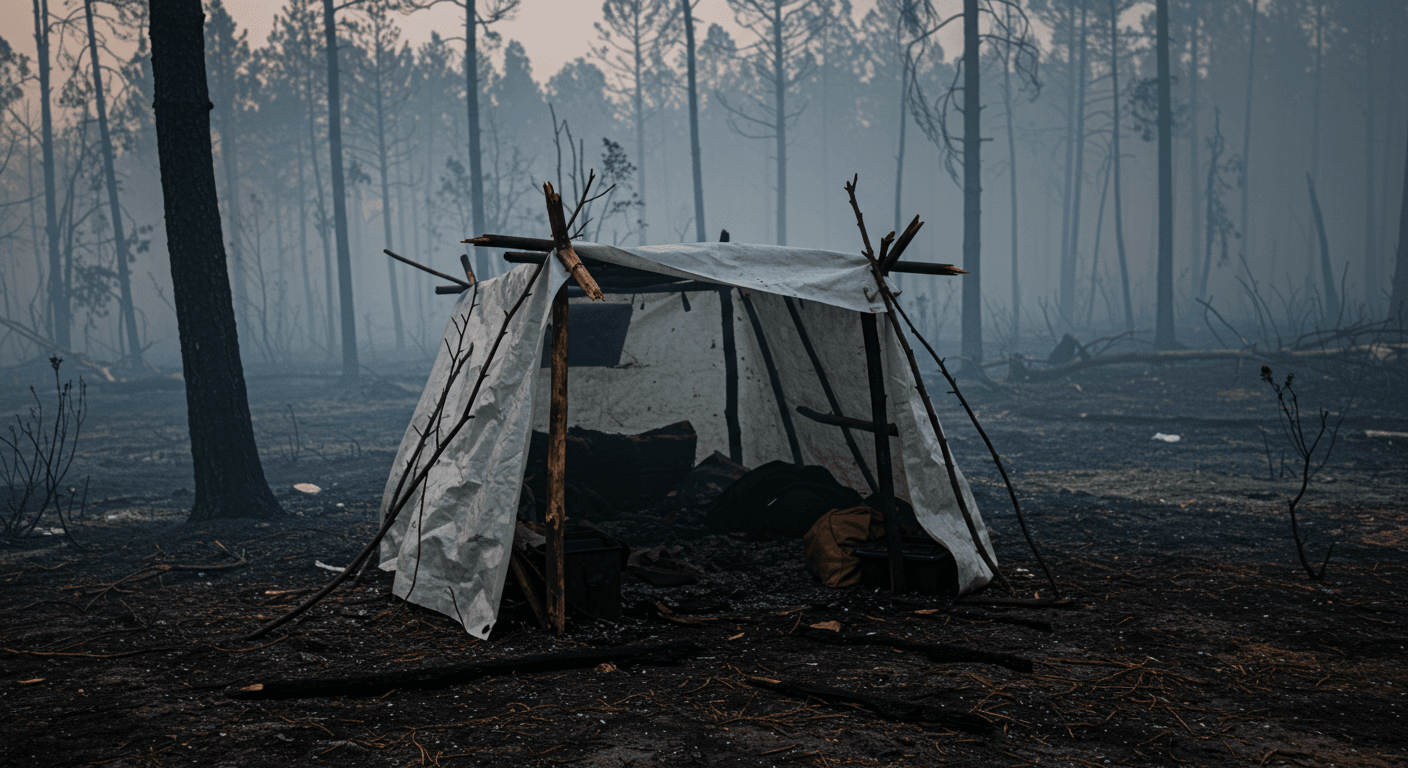Let’s be honest: most of us would rather binge-watch our favorite show than think about what to do in an emergency. But here’s the thing: being ready isn’t just wise; it can save your life! How do you change your “I’ll worry about it later” mindset into a plan of […]
Emergency Preparedness
Top Takeaways and Key Concepts – Choose high, dry ground; avoid valleys, lone trees, avalanche paths. – Face entrance leeward; use natural windbreaks; anchor shelter securely. – Match shelter to climate: tarp A-frame, debris hut, snow cave. – Insulate ground thickly; use leaves, pine boughs, foam pad. – Ventilate near […]
Top Takeaways and Key Concepts Choose Appropriate Containers: Use red containers for gasoline, yellow for diesel, and blue for kerosene. Add Fuel Stabilizer: Incorporate stabilizers to extend fuel shelf life up to 12 months. Store in Cool, Dry Locations: Keep fuel away from heat sources and direct sunlight to […]
Top Takeaways and Key Concepts Stay Calm and Assess: Recognize immediate dangers and prioritize actions. Signal for Help: Use three short signals to indicate distress. Find or Build Shelter: Use natural materials or debris to protect against elements. Locate Water Sources: Follow streams or look for signs of water. Conserve […]
Top Takeaways and Key Concepts Secure Heavy Furniture: Anchor bookshelves and cabinets to prevent tipping. Identify Safe Spots: Practice “Drop, Cover, and Hold On” under sturdy furniture. Prepare an Emergency Kit: Include water, food, flashlight, and first aid supplies. Install Earthquake Early Warning Apps: Use tools like ShakeAlert for timely […]
Top Takeaways and Key Concepts Run if Safe: Evacuate immediately if a safe path is available; leave belongings behind. Hide if Escape Isn’t Possible: Find a secure location, lock doors, silence devices, and remain quiet. Fight Only as a Last Resort: If confronted, act aggressively using available objects to incapacitate […]
Top Takeaways and Key Concepts Monitor Red Flag Warnings: Stay updated with local news, weather apps, and alert systems. Create an Emergency Plan: Involve everyone in your household and practice multiple escape routes. Designate a Safe Meeting Place: Pick a location outside the neighborhood for post-evacuation assembly. Fireproof Your Home: […]
Top Takeaways and Key Concepts Clean gutters regularly to prevent roof water buildup and flooding. Check yard drainage and add gravel or trenches to guide runoff. Elevate valuables and utilities above flood level to protect them. Seal windows, doors, and garage gaps to block water entry. Prepare an emergency kit […]
Top Takeaways and Key Concepts Assess your surroundings to choose a safe, flat spot away from hazards. Select a shelter design like lean-to or debris house based on available materials. Gather strong branches, leaves, and pine needles for structure and insulation. Build the shelter starting with supports, then walls and […]
Top Takeaways and Key Concepts Assess available water by checking bottles, ice, and your hot water heater. Ration water by setting daily limits and reusing when possible. Collect alternative sources like rainwater, rivers, or lakes with proper filtration. Stay calm using deep breathing, meditation, and fun family activities. Restock supplies […]
Top Takeaways and Key Concepts Create a family emergency plan with meeting points, communication, and pet care. Assemble an emergency kit with water, non-perishable food, flashlights, and first-aid supplies. Secure your home with strong locks, reinforced doors, and strategic furniture placement. Stay informed using reliable news sources, battery-powered radios, and […]
Top Takeaways and Key Concepts Stock at least 30 days of water, one gallon per person daily. Store non-perishable foods like rice, beans, canned goods, and snacks. Assemble an emergency kit with first aid, flashlights, batteries, and entertainment. Make a communication plan with meeting points, key contacts, and backup devices. […]













